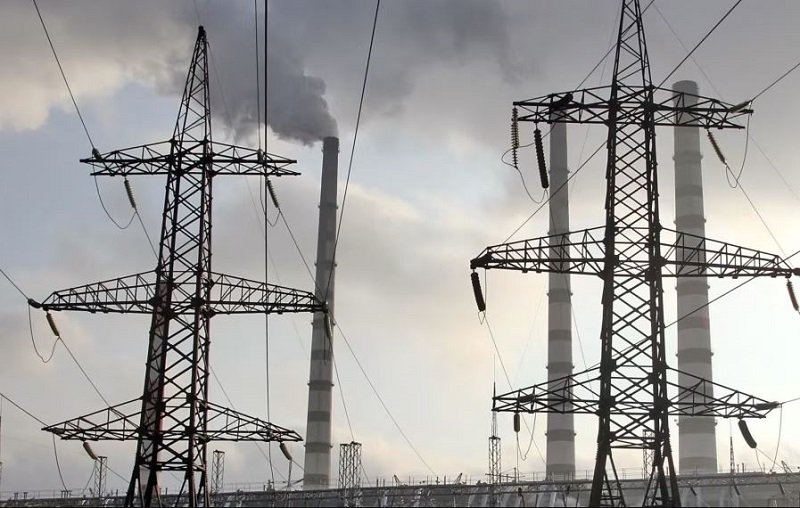Moscow, 12 September 2024 (TDI): In a significant development aimed at enhancing regional energy security, Russian Energy Minister Sergey Tsivilev announced that Russia will join Central Asia’s Unified Energy System (UES).
The Russian “System Operator” will soon be connected to the grid, following an agreement between the Russian and Uzbek energy ministries.
Uzbekistan’s Minister for Energy, Zhurabek Mirzamakhmudov, welcomed the move, stating that it would ensure greater stability and security for the region’s energy network.
He emphasized that the integration with Russia would facilitate a swift response to any potential energy supply disruptions, thus avoiding interruptions.
Additionally, Russia’s power giant Inter RAO has revealed plans to begin exporting electricity to Uzbekistan, with the commencement of supplies expected this fall.
The Central Asia Unified Energy System, established in the 1970s, is coordinated by the dispatch center in Tashkent, Uzbekistan.
The system plays a crucial role in balancing seasonal demand for electricity and managing water needs during irrigation periods.
Currently, it includes Uzbekistan, Kyrgyzstan, Kazakhstan, and Turkmenistan.
Read Also: UN: China-Africa Bond for Renewable Energy
In a related development, it was confirmed in May that Tajikistan would also join the network.
This expansion marks a significant step in regional energy cooperation and is expected to bolster the overall energy security and stability of Central Asia.
Central Asia’s Unified Energy System
Central Asia’s Unified Energy System is an interconnected power grid established to facilitate the transmission of electricity across Central Asian countries, including Kazakhstan, Kyrgyzstan, Tajikistan, Turkmenistan, and Uzbekistan.
This system was initially developed during the Soviet era to optimize resource distribution, enhance energy efficiency, and ensure stable power supply across the region.
It was created to balance the diverse energy needs of the Central Asian republics.
The idea was to pool resources—such as hydropower from Kyrgyzstan and Tajikistan and fossil fuels from Uzbekistan, Kazakhstan, and Turkmenistan—into a common grid to maintain an equilibrium between supply and demand across the region.
Farkhund Yousafzai is an Associate Editor at The Diplomatic Insight.



